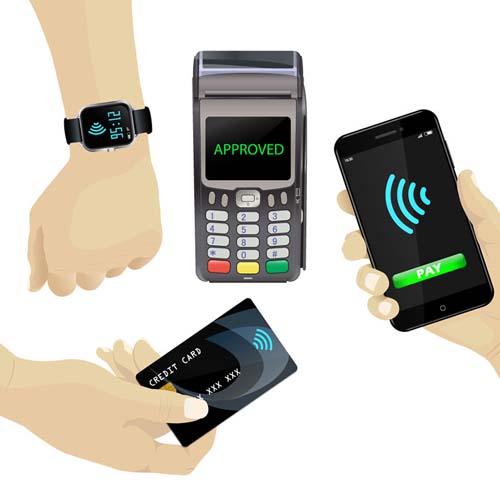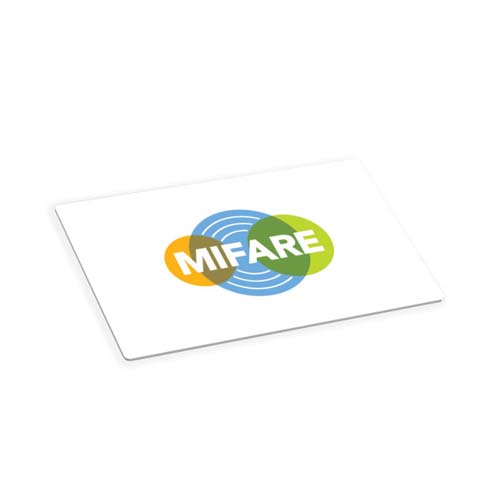
With a wide array of different ID cards on the market, it may be confusing when it comes to picking the right card for your organization. When it comes to picking cards for identification, access and security than two of the popular choices are magnetic stripes, also known as magstripe, and proximity cards, sometimes called prox or contactless cards. But which of these should you choose? Today we're taking a look at these two technologies to help you decide on the right card for you.
So, first up, magnetic stripe cards. Magstripe cards use magnetics to put encoded information on the dark black stripe that is seen on a wide variety of cards, usually on the reverse of the card at the top, for example, hotel key cards or your bank card. The information on the stripe can range from something really simple like a unique number to more complex things like a long card number, name and other personal data. These cards require the user to swipe the card through a reader in order to read the information on the magstripe. The information is organized in a way that the reader can easily identify it and then pass it to a computer, all within a matter of seconds!
Let’s move on to prox cards, how do they work and what are their benefits? A prox card, unlike a magstipe card, offers the added bonus that they can be read contactless meaning they only need to be presented to the reader by the user – no need to swipe or insert the cards! They offer the ability to store and clear information without interference from other magnetics and the information on prox cards cannot be changed or altered easily as special encoding is used to read and write the data, thus making prox cards significantly more secure. Another benefit of prox cards is that they are not affected by outside sources of magnetism – have you ever kept your phone and hotel card in your pocket? Only to find out that the card no longer opens your hotel room. Well, that’s because the phones magnetism interferes with the data stored on the magnetic stripe of the card. So, when it comes to prox you can ensure this doesn’t happen to your guests, meaning less hassle for both the guests and staff.
So, when it comes to the choice which should you go for? Well, that depends on your requirements, if you’re looking for a solution for simple room access and you don’t want to invest in the latest high-security prox cards then a magstripe card will probably suffice. Magstripe cards are also a good choice if you already have readers that support this technology and you don’t want the cost of upgrading them to support prox cards. That said, the majority of organizations are moving to prox or contactless cards. That’s because ultimately, they offer superior security and offer more convenience for the user. Another thing to consider is if you need to card to perform multiple applications, such as give access to a building and allow a user to log onto a computer network, because if that the case proximity cards are more suited to this. So, on balance if we had the choice, we’d recommend going with prox cards for their convenience, security, reliability and durability.
Still not sure about the best technology for your organization? Why not have a chat with one of our experts who will happily guide you through the process of choosing the best card for you!



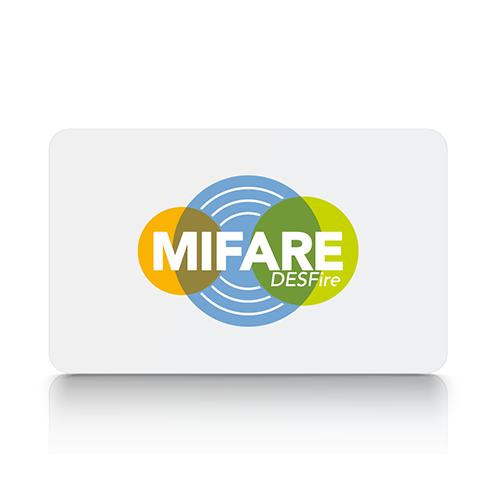
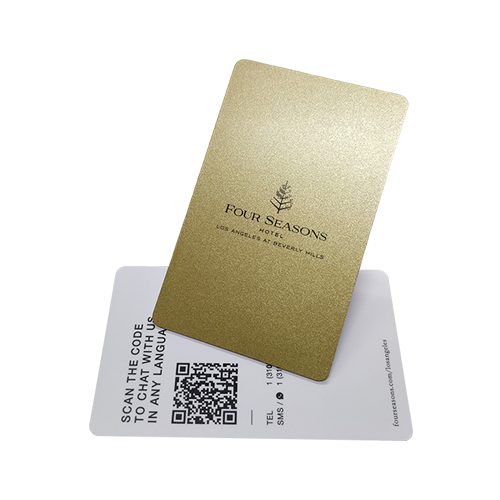

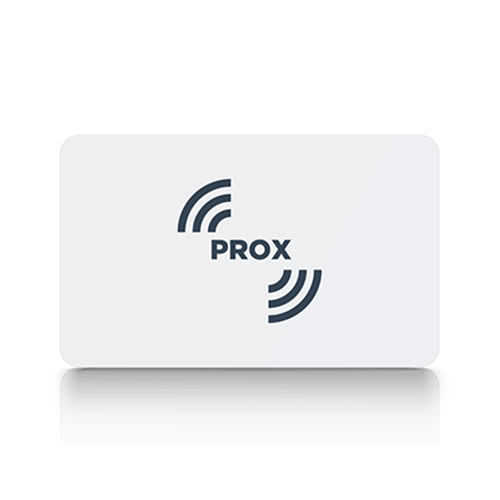

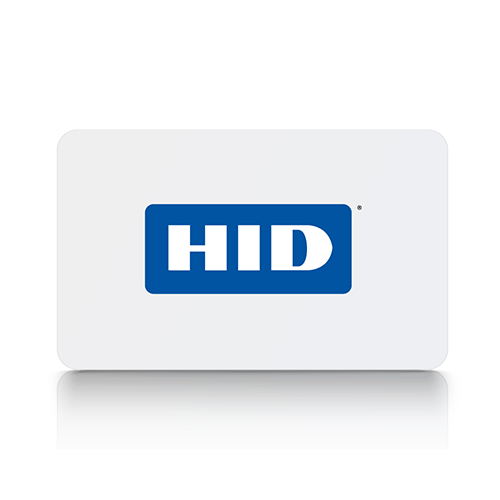
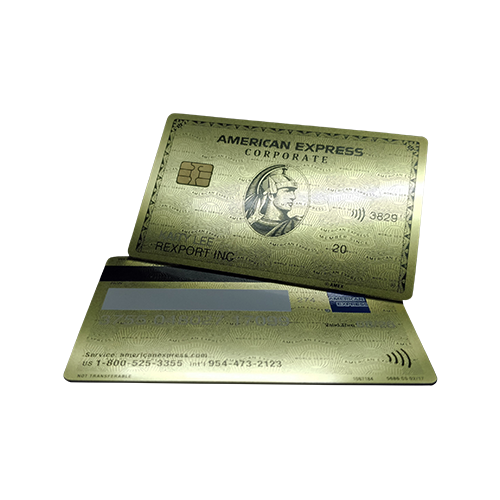



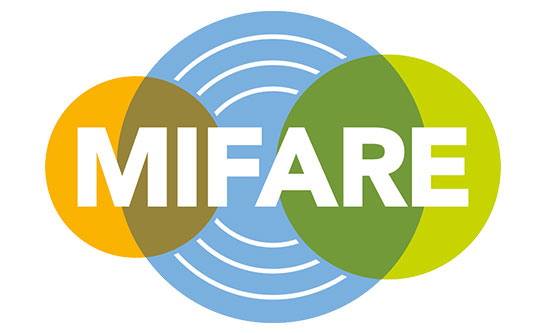



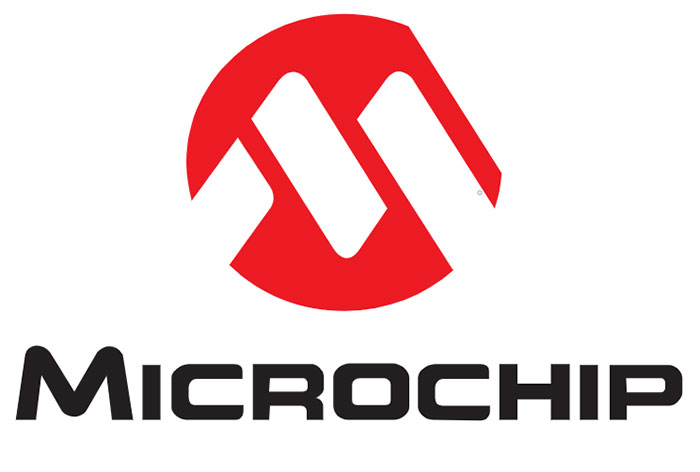




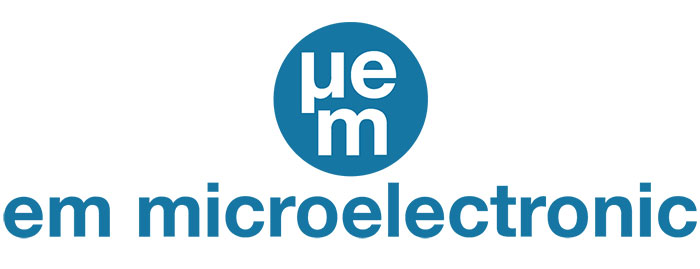
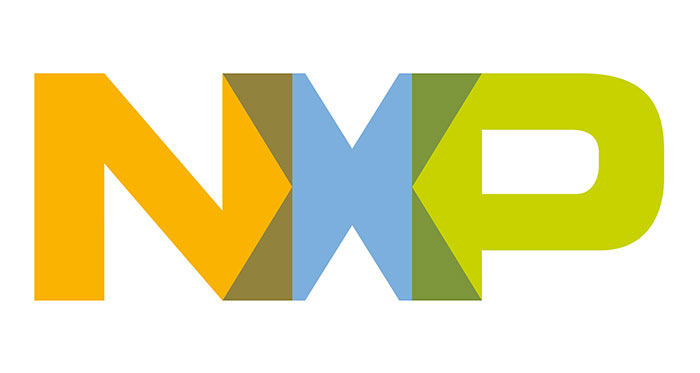

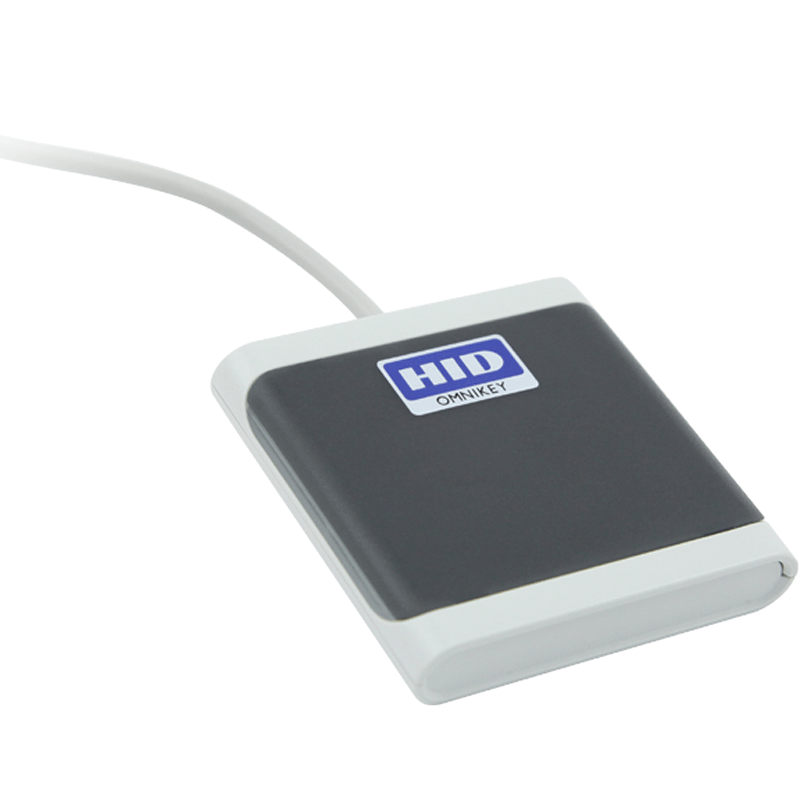
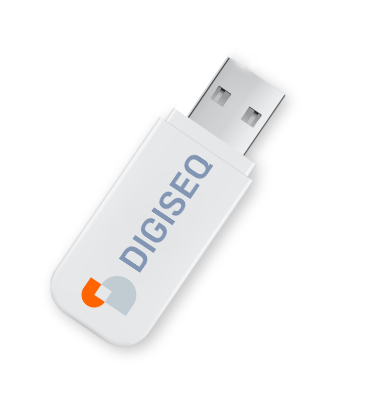
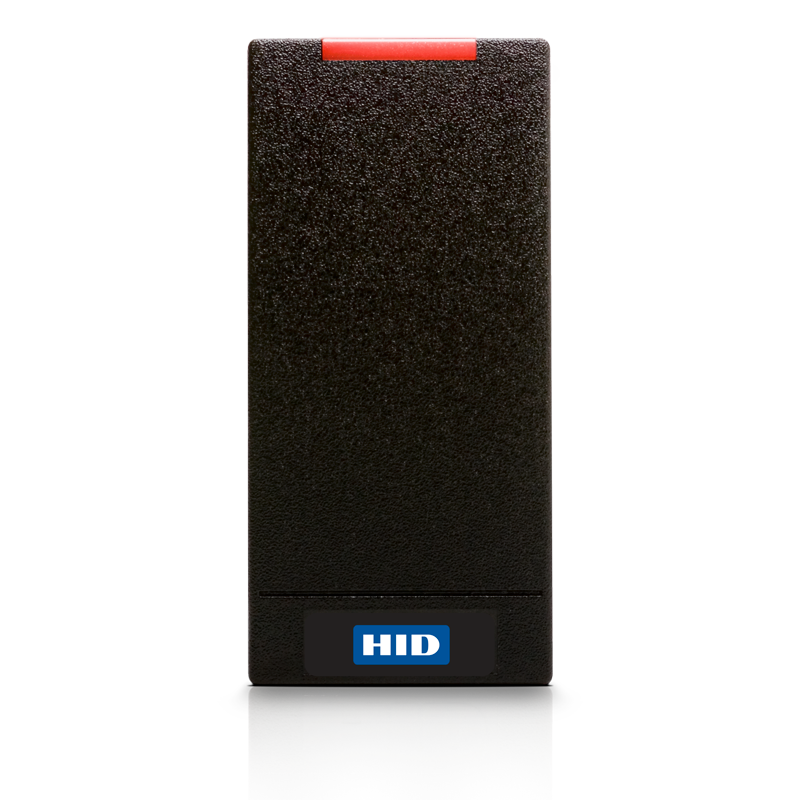
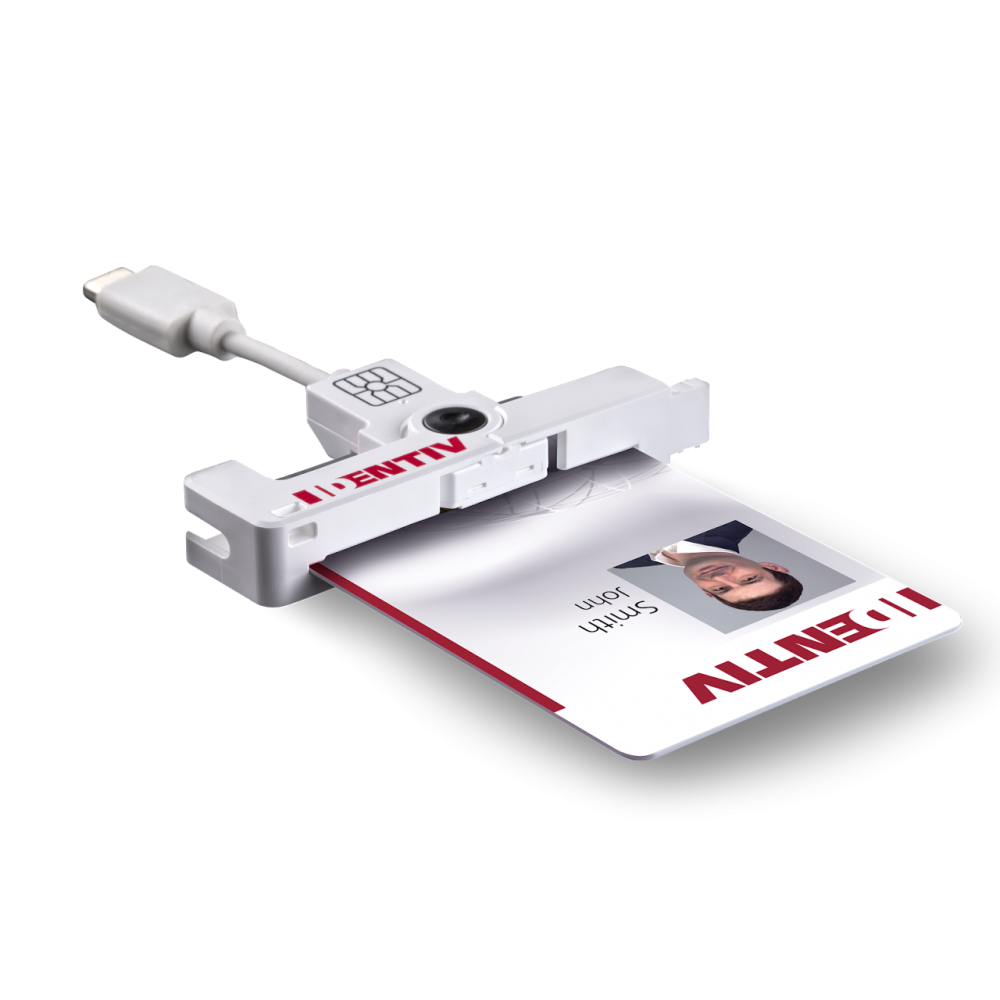
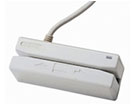
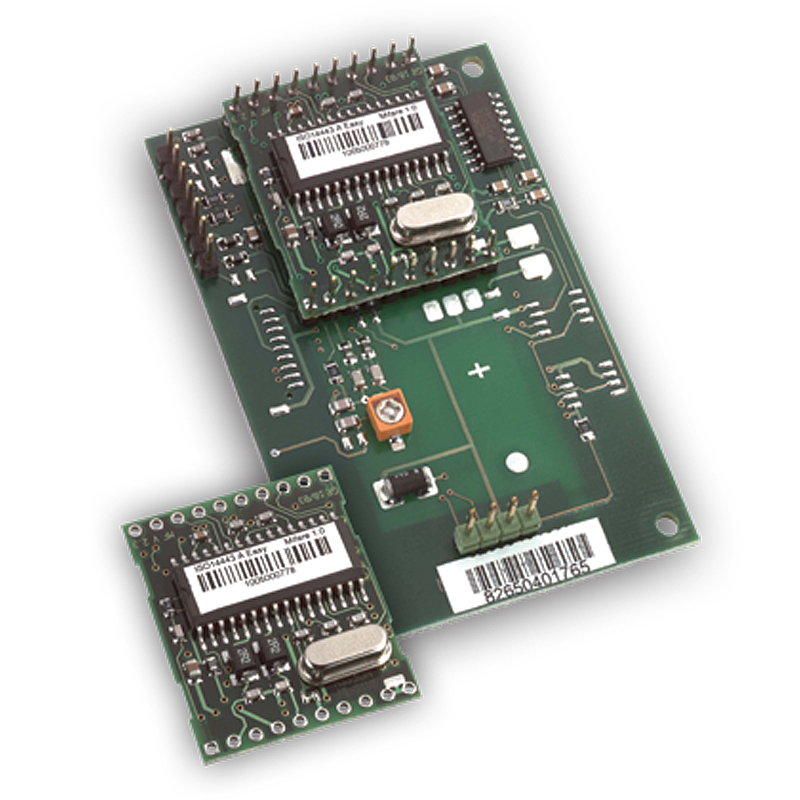
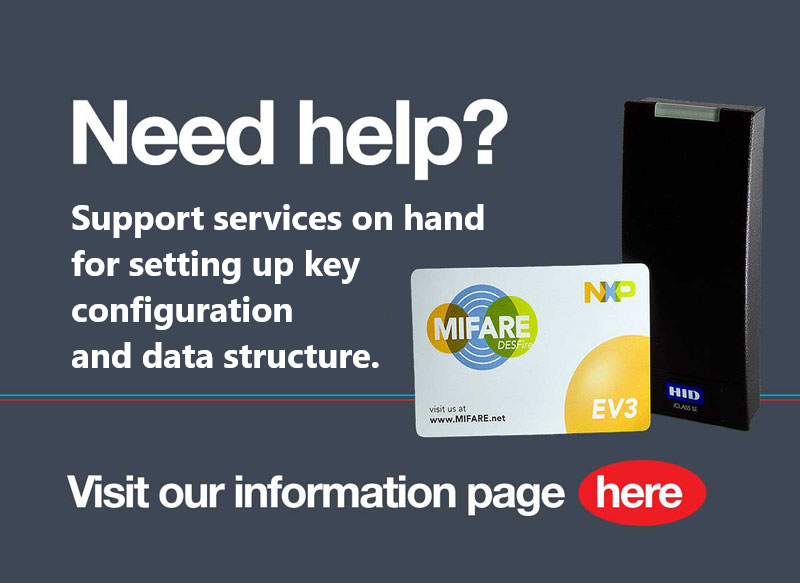





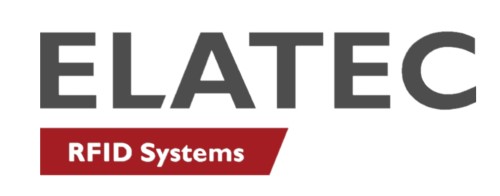
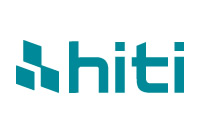
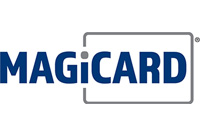



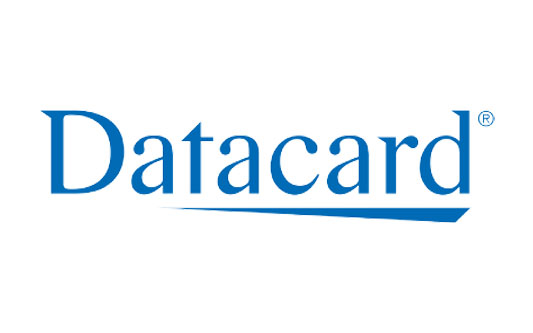
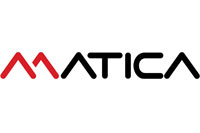


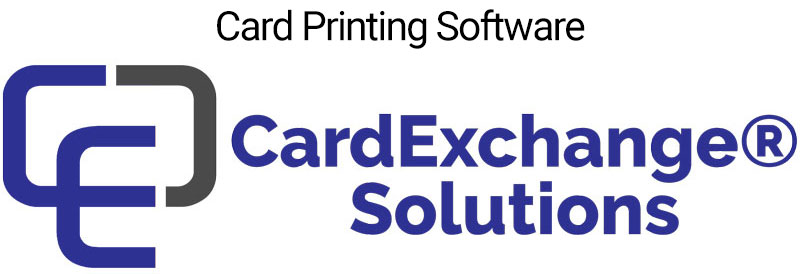

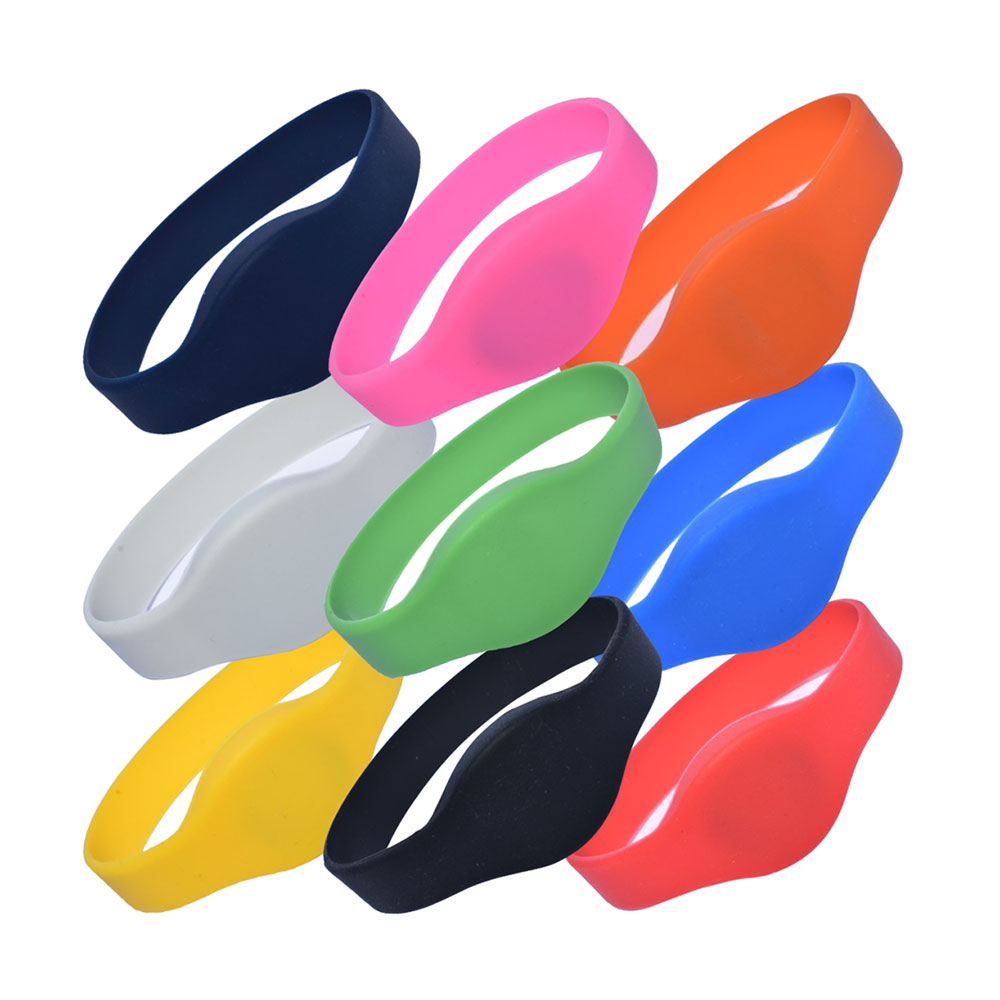
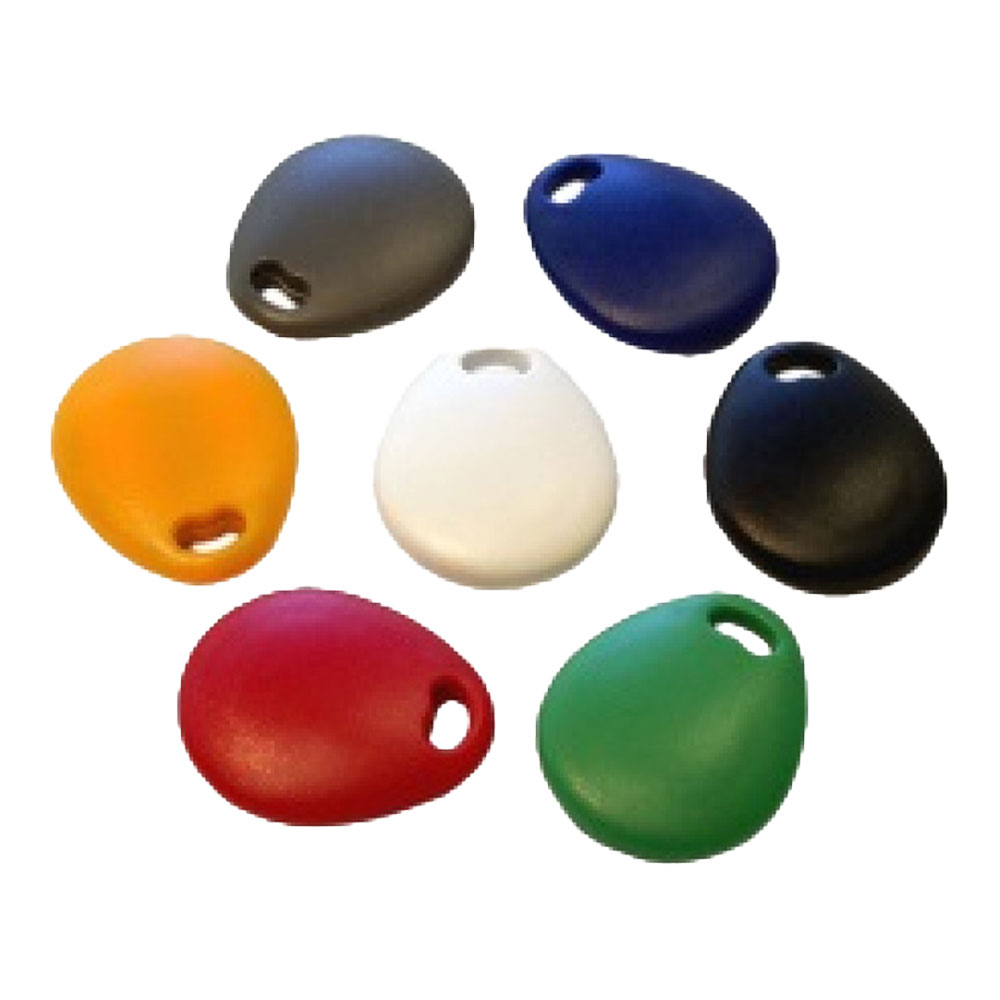
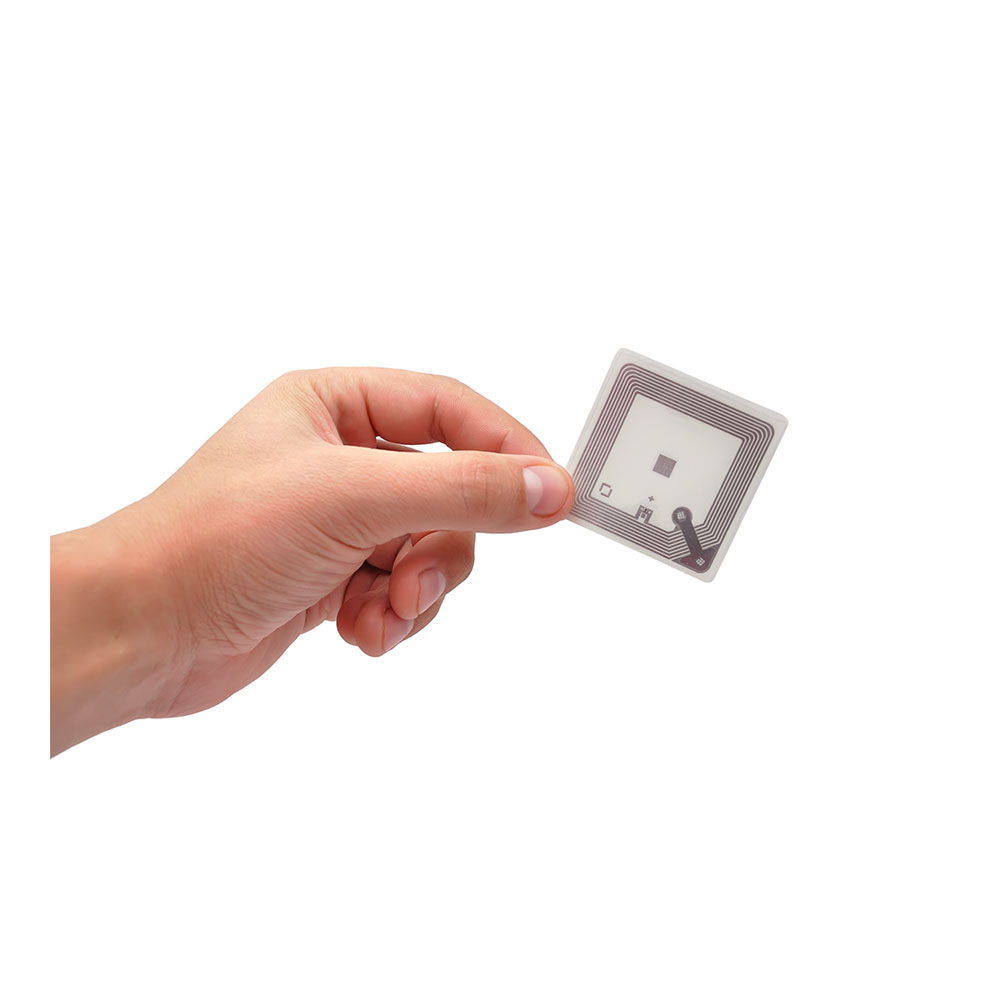
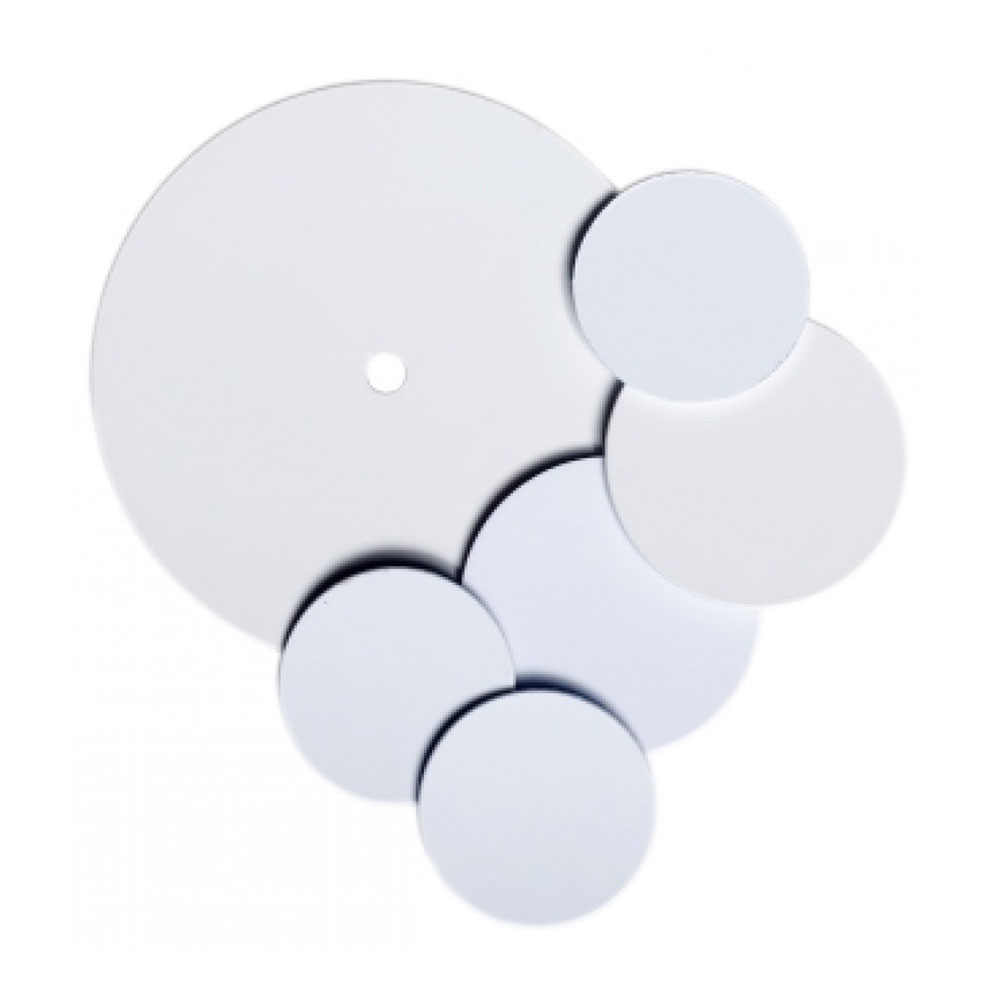
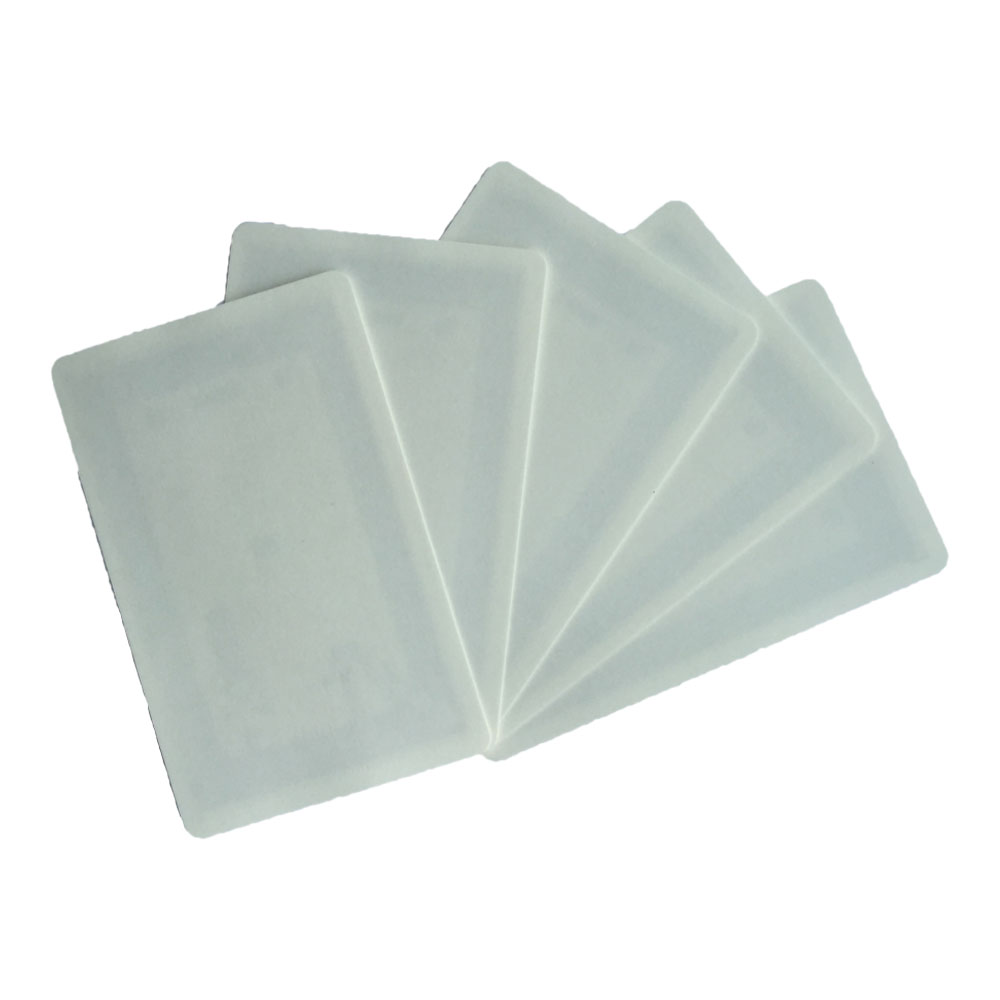
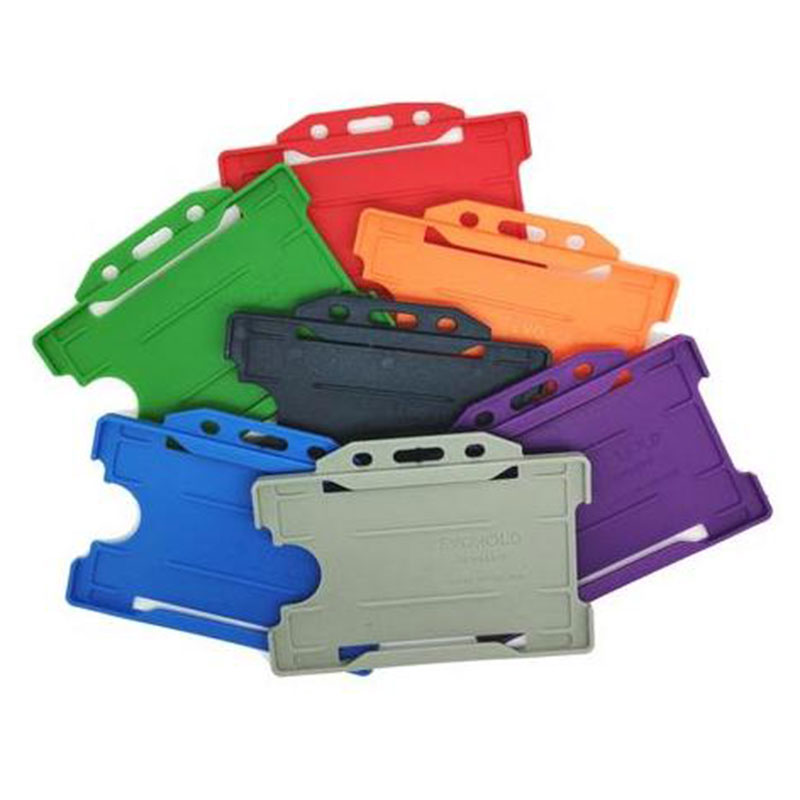
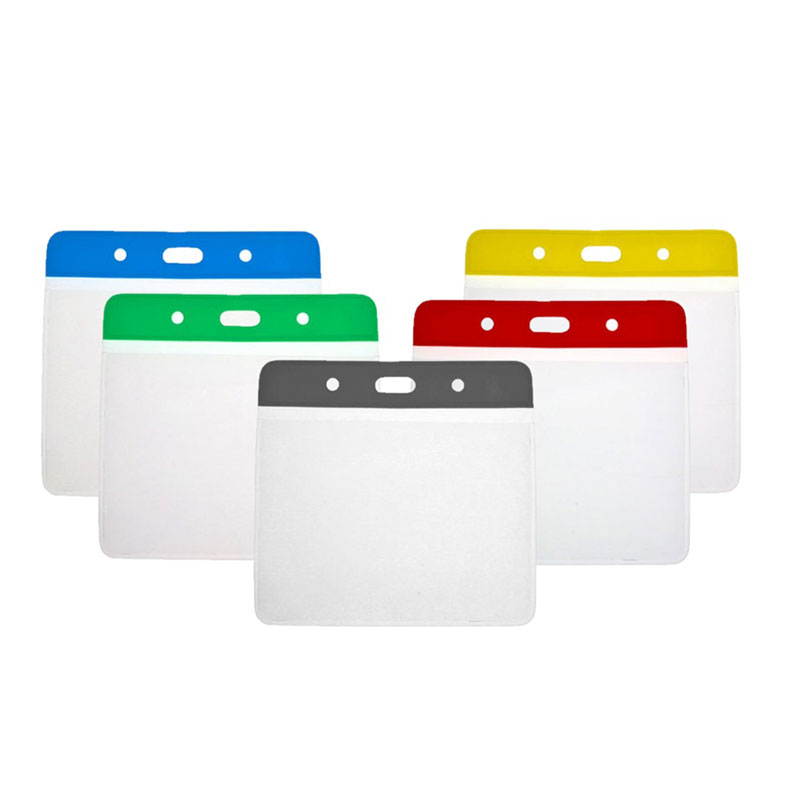
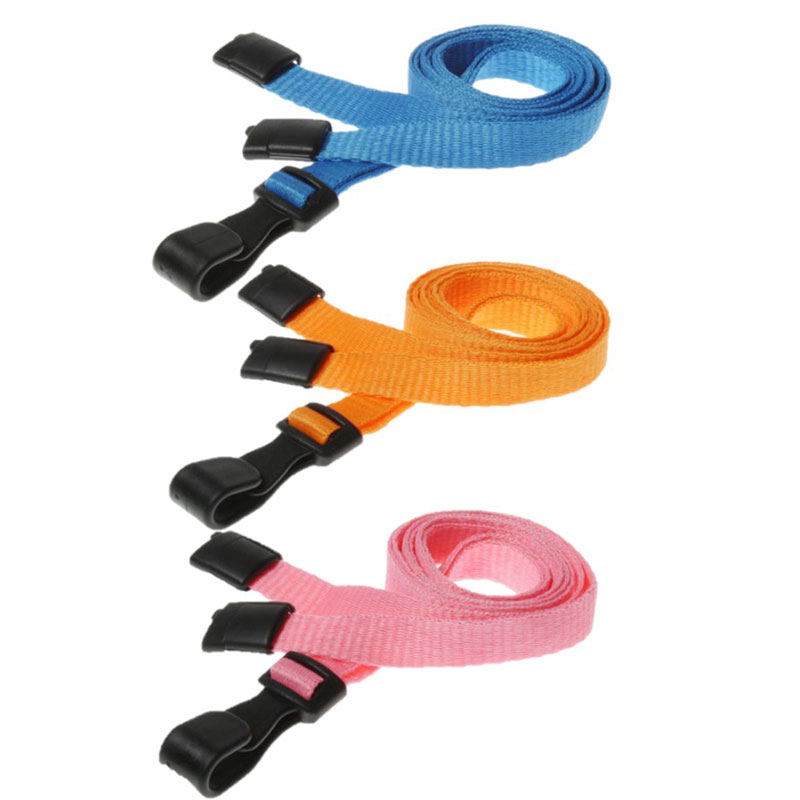
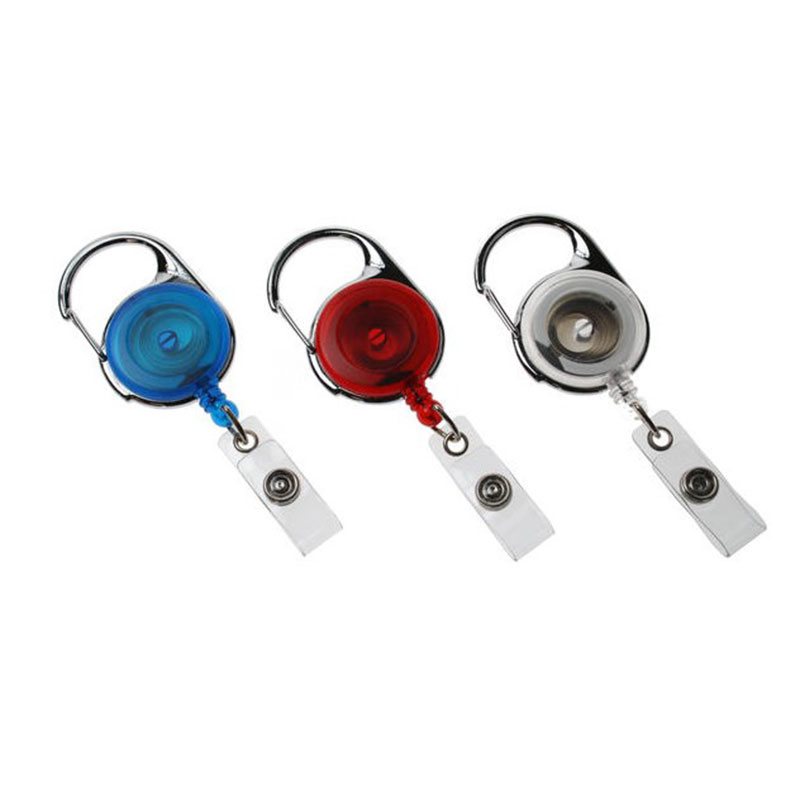
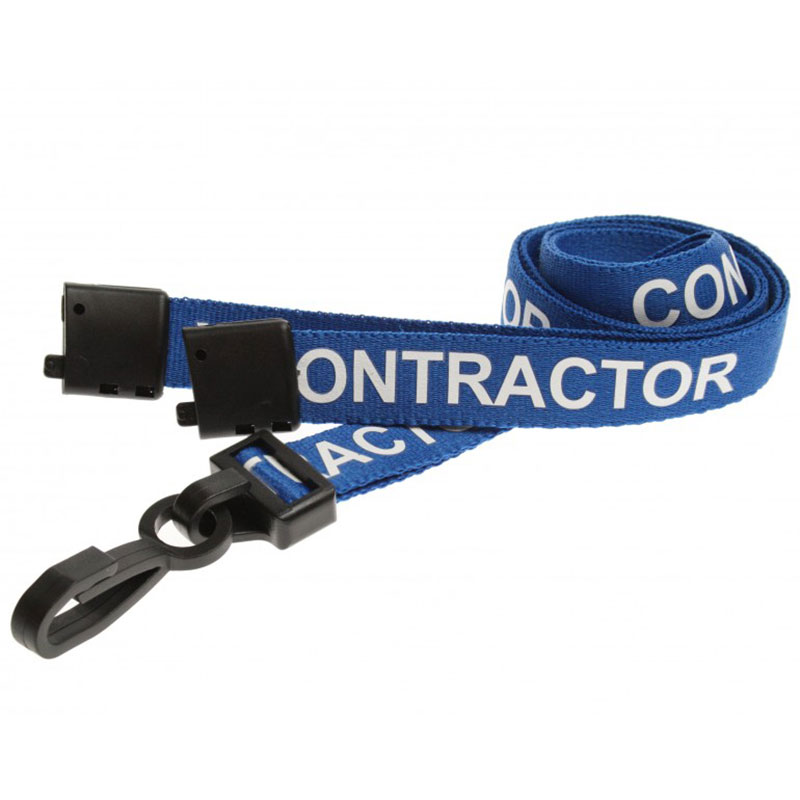

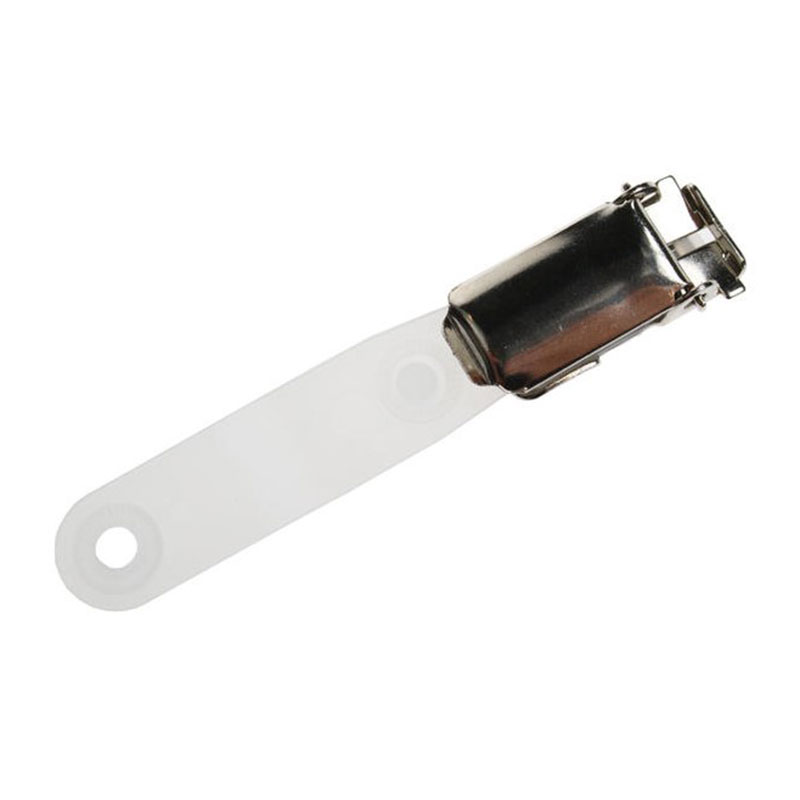
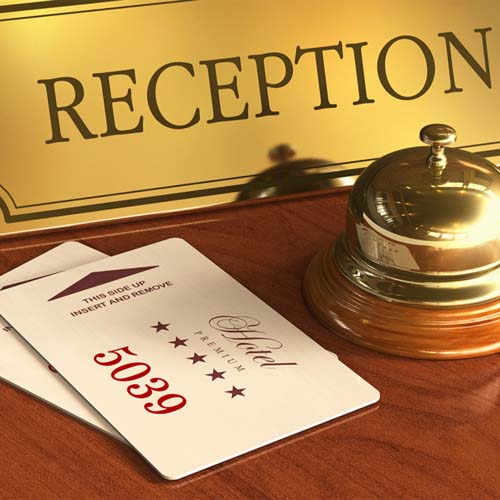

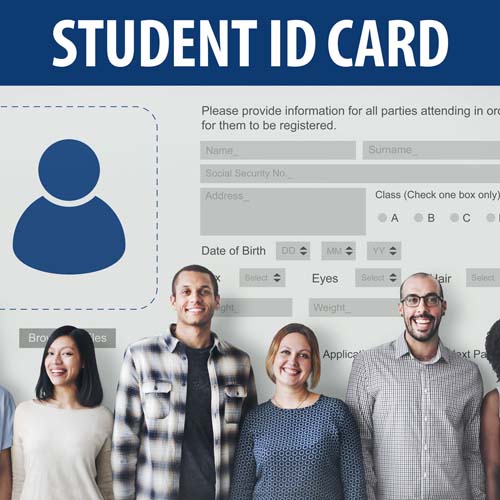

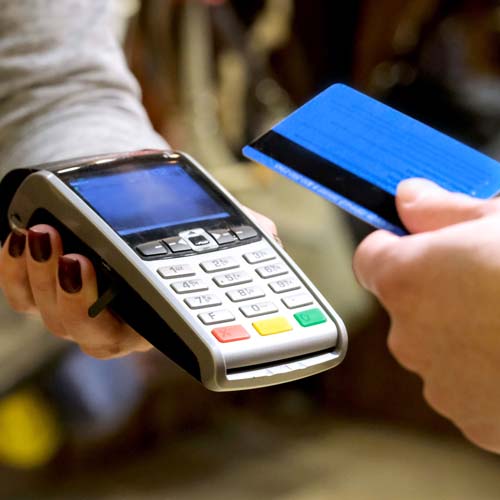
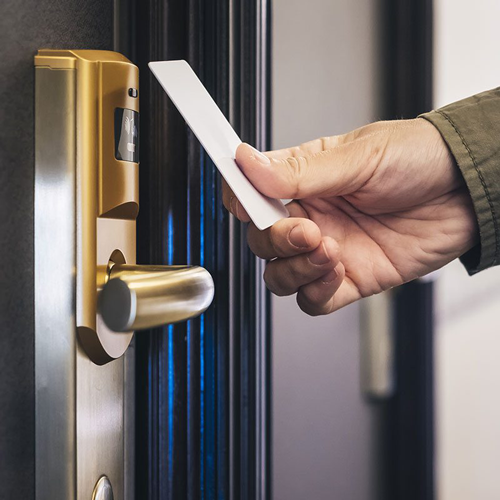

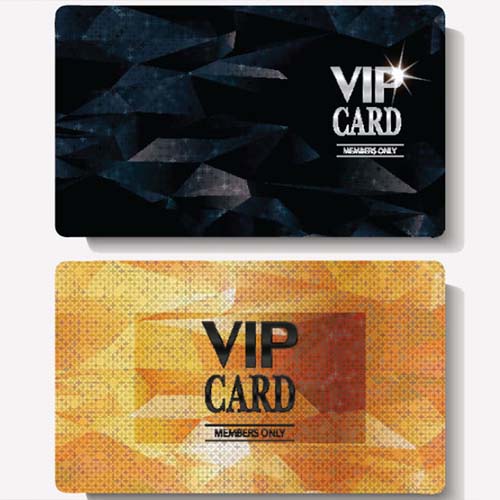

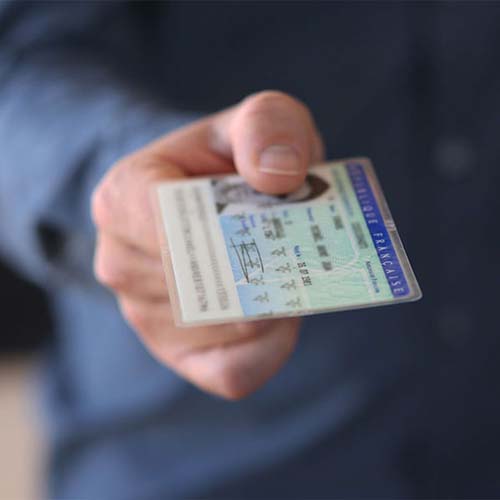
-500x500.jpg)




